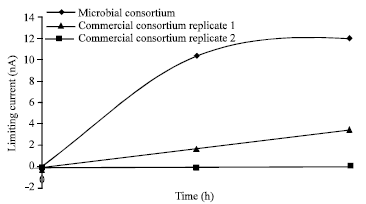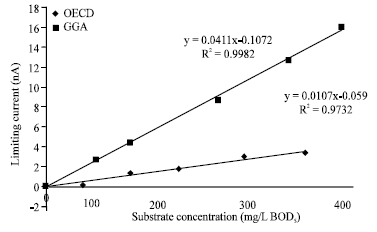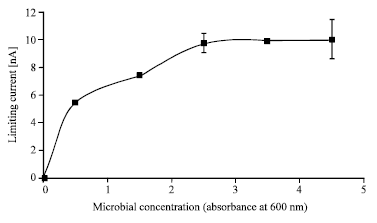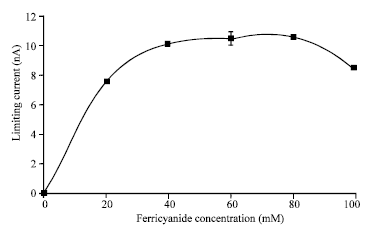Research Article
Application of an Acclimated Microbial Consortium as Biocatalyst for Rapid Determination of Biochemical Oxygen Demand
Department of Biological Sciences, Faculty of Biosciences and Bioengineering, Universiti Teknologi Malaysia, 81310 Skudai, Johor, Malaysia
Chun Siang Ling
Department of Biological Sciences, Faculty of Biosciences and Bioengineering, Universiti Teknologi Malaysia, 81310 Skudai, Johor, Malaysia
Rahmalan Ahamad
Department of Chemistry, Faculty of Science, Universiti Teknologi Malaysia, 81310 Skudai, Johor, Malaysia














